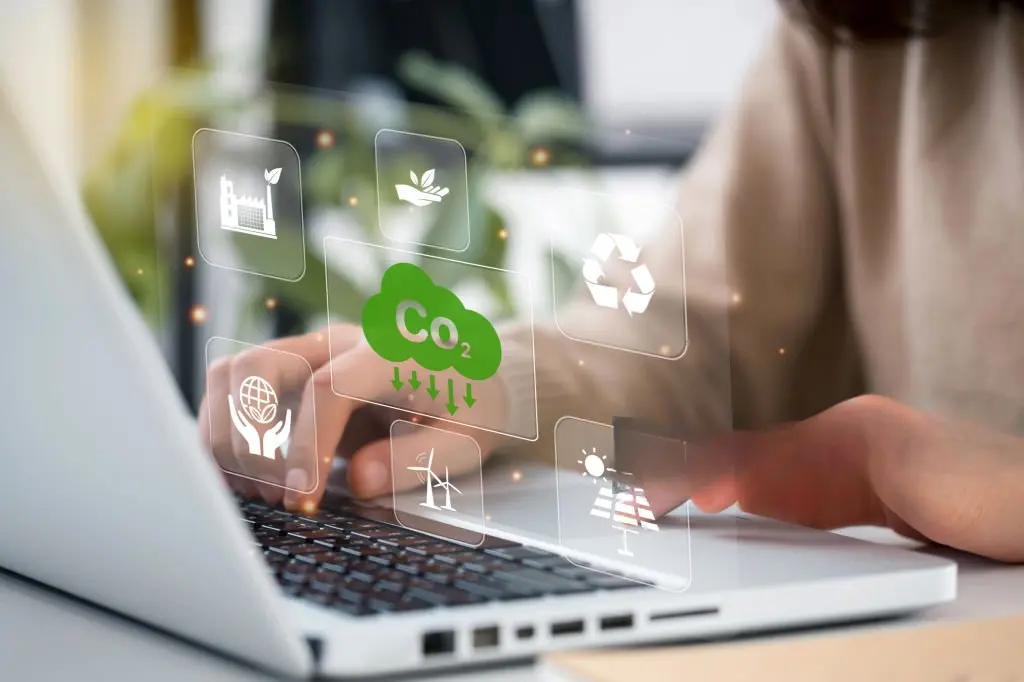How much damage does discarding One laptop cause?
Throwing away a laptop inappropriately is not a friendly initiatives. It contributes to environmental degradation due to the toxic components.
Here are some key points to consider:
1- Toxic Substances: Laptops include risky materials in their built such as lead, mercury, cadmium and brominated flame retardants. It is unfortunate that the substances find their way into the soil and water. It causes pollution and potential health hazards to all living organisms.
2- E-Waste Volume: E-waste is defined as the waste streams generated from electronic devices. It is among the most rapidly growing waste streams worldwide. According to globally compiled data, the world produced 53. 6 Million Metric Tons of e-waste. This Tonnes will exceed in the coming years. This is a growing problem that seems to be attributed by improper disposal habits.
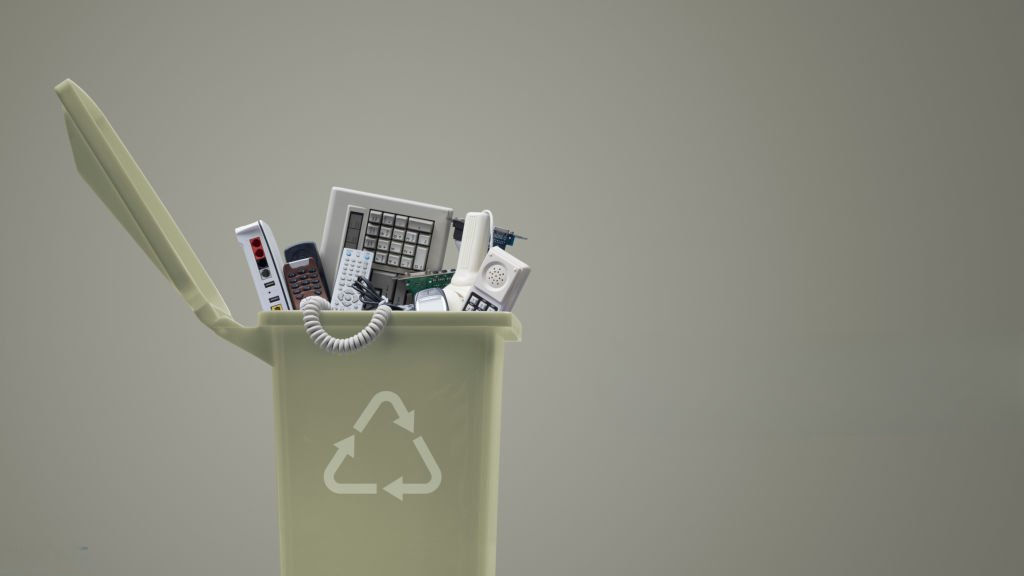
Resource Loss: Apart from the screen some of the other components that go into the making of a laptop include Gold, silver, copper and rare earth metals for its vital circuits. These resources are a type of waste, when disposed off at the end of their useful life since they are not salvaged for recycling. It causing depletion of raw material, and increased demand for mining.
Environmental Impact: These gadgets are hazardous when not disposed properly since, in the process of incineration or when dumped in landfills. They release hazardous gases like greenhouse gases among others. This leads to climate change and air pollution. Another negative impact of burning solid waste is climate change and air pollution.
Human Health Risks: The population is at risk of contracting deadly diseases due to intake of hazardous substances from e-waste. Such as cancer, neurological disorders, and impacts to fertility. This is quite significant especially in the developing nations where processing of e-waste materials is mostly done in an uncontrolled manner. Therefore posing health risks to the handlers.
Here’s how purchasing 1 laptop from Vision IT contributes to a sustainable future:
1- 600 kg CO 2 emissions reduction.
Green engineering alternative reduce the environmental impact of production and three years of use for laptops.
2- 4,000 Gallons of Water Saved.
Reduce the waste of this precious commodity by embracing the resource saving by not purchasing new laptops. Instead reusing the old ones or even their components.
3- 316 kg of Carbon Deduction
By opting for refurbished laptops from Vision IT, you significantly cut down your carbon footprint. You also contribute to lowering CO₂ equivalent emissions.
4- 1,200 Grams of Resource Preservation.
Do your part to help reduce the demand for these essential critical minerals and impose a ban on e-waste by refusing to buy new technology.
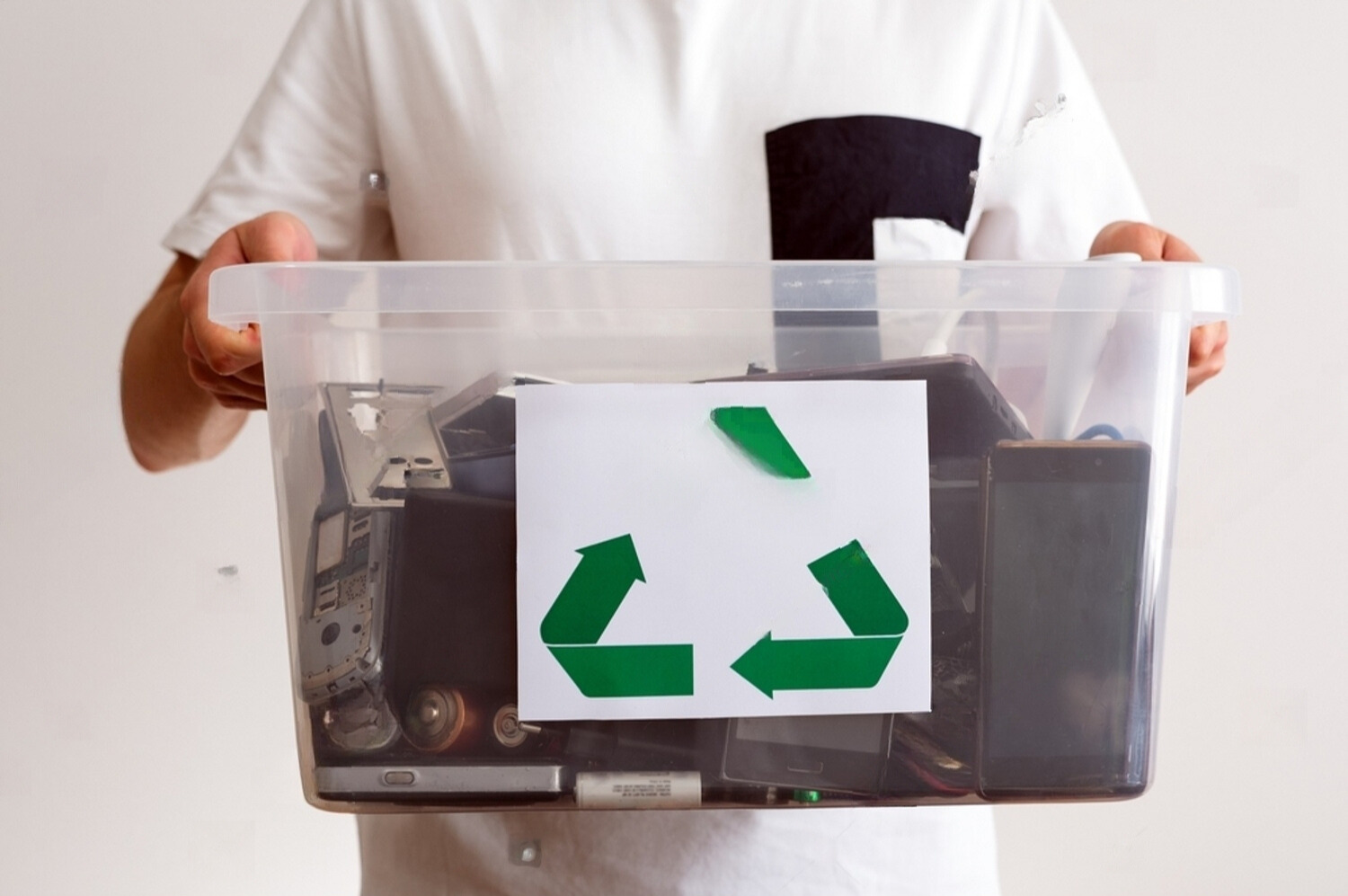
What is a Circular Economy?
A circular economy is an economic system that focuses on the economic and environmental life cycle of products. Essentially an eco-system which includes the production and consumption of products in a sustainable manner. This involve keeping materials in use for as long as possible. In this system the use of resources is regarded with a passion to conserve them and use them sparingly unlike the consume and dispose principle.
The circular economy model is built on 3 core principles:
1- Designing out waste & pollution: The final principle revolves around the concept of developing products and processes. These can eliminate wastes and pollution at the various lifecycle stages. It is an approach that focuses on providing value using items that are designed and produced for reuse, repair, and recycling. Instead of designing for single-use disposal.
2- Keeping products and materials in use: This includes prolonging product life by emphasizing the need to reuse or repair products. It also includes recycling product materials to produce new products. It also encourages selling and rendering of services instead of goods as seen in renting, leasing, and sharing.
3- Regenerating natural systems: This principle aims to bring back and create diverse ecosystems such as forests, wetlands, and oceans. It is about retaining the life-supporting functions like fresh air and water, biodiversity, and carbon sequestration.
Sustainable IT Practices
Green IT can be defined as aligning information technology with the principle of the triple bottom line. It refers to fabricating, installing, and using of technology within the planet in a manner that is ecofriendly. At the same time benefits human society as well as economy.
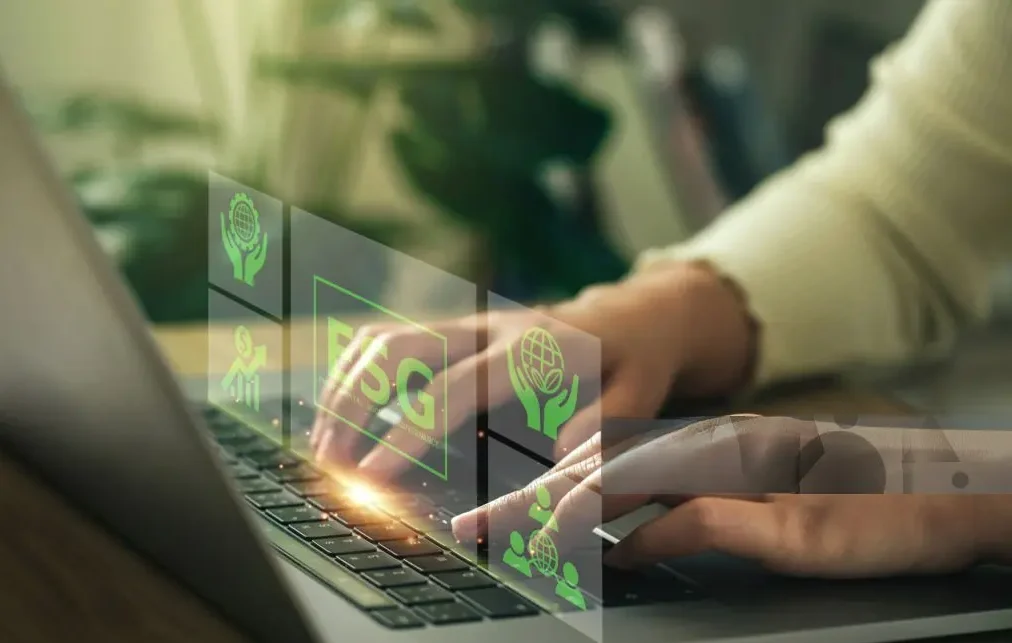
Laptop computers are valuable resources that can be further used in sustainable IT strategies to reduce the overall negative impact of technology on the environment. While at the same time prolonging the life of the resource and contributing to economic growth.
Key Sustainable IT Strategies:
- Refurbishment & Resale: I feel that by acquiring, repairing and selling used laptops we can not only increase their life cycle. We can also reduce the demand for new raw materials. It result in the exploitation of natural resources thus reducing the ensuing environmental pollution.
- Recycling: Broken or outdated machines should be recycled as there is no need to combine together all of these metals and plastics for e-waste to harm the environment.
- Upgrades and Repairs: Improving and fixing laptops also saves them from replacement and that means no new devices have to be manufactured. Thus saving the resources taken by manufacturing and also reduces the effects of the industry on the ecological system.
- Responsible Disposal: These laptops have to be discarded in an environmentally friendly way that causes minimal damage to the environment. For instance, working together with e-waste companies that follow sustainable methods for disposing this types of laptops.
- Energy Efficiency: There are also laptops that will consume less energy and will translate to reduced carbon emissions during use. Thus reducing the environmental impact of using a laptop.
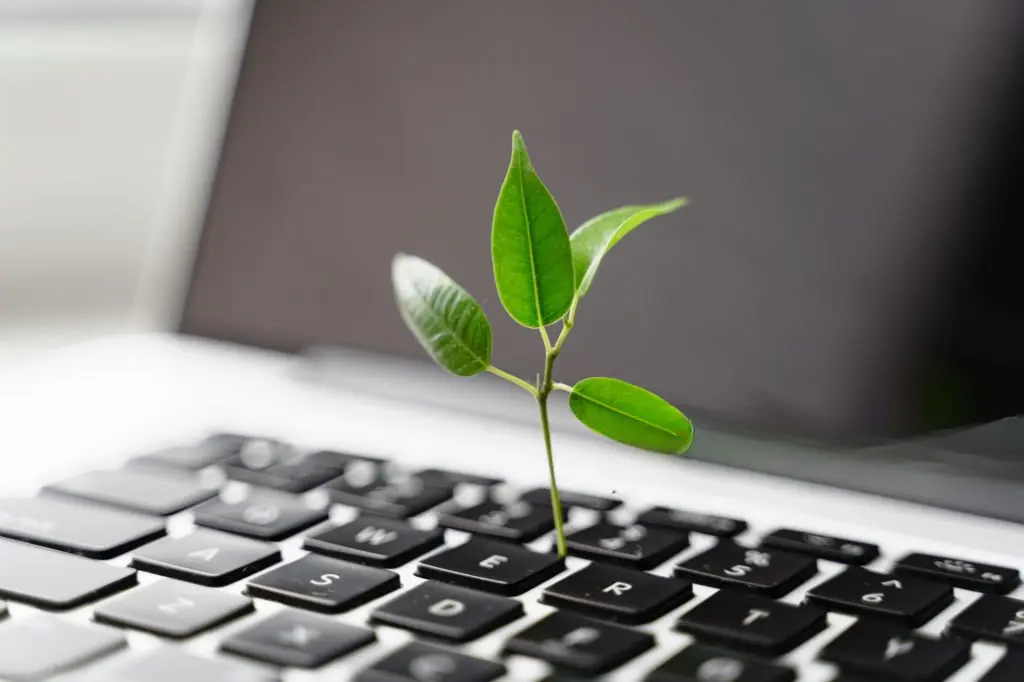
- Donation: Laptop donations to charities, schools and other similar institutions can help in empowering the populace and achieving social equity and development in the society.
- Cloud Computing: Cloud computing can reduce negative impact to environment by eliminating the number and amount of servers that are need to operate. Thus reducing the energy waste.
- E-Waste Management Programs: It is therefore important that programs be set up that promote the reuse and/or recycling of old IT equipment to prevent such waste from landing on the environment.
Embracing sustainable IT practices offers a lot of benefits:
It reduces the ecological impact of how IT is implemented, ensures fairer and more equal opportunities for people, and improves the economy.
By refurnishing, reusing, improving, and proper discarding of recycled and used laptops, firms do not only extend the processing months and years of these laptops. They also reduce the impact of these laptops on the environment thus increasing their sustainability.

